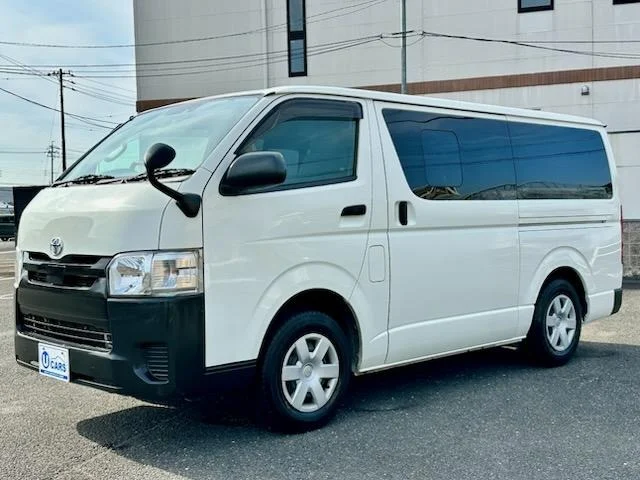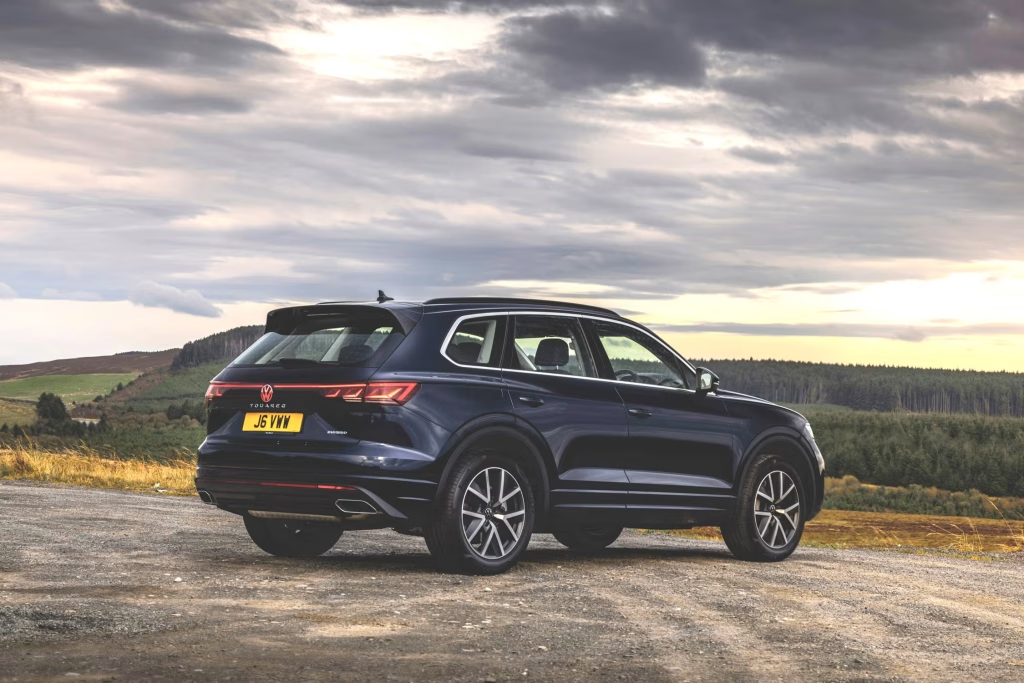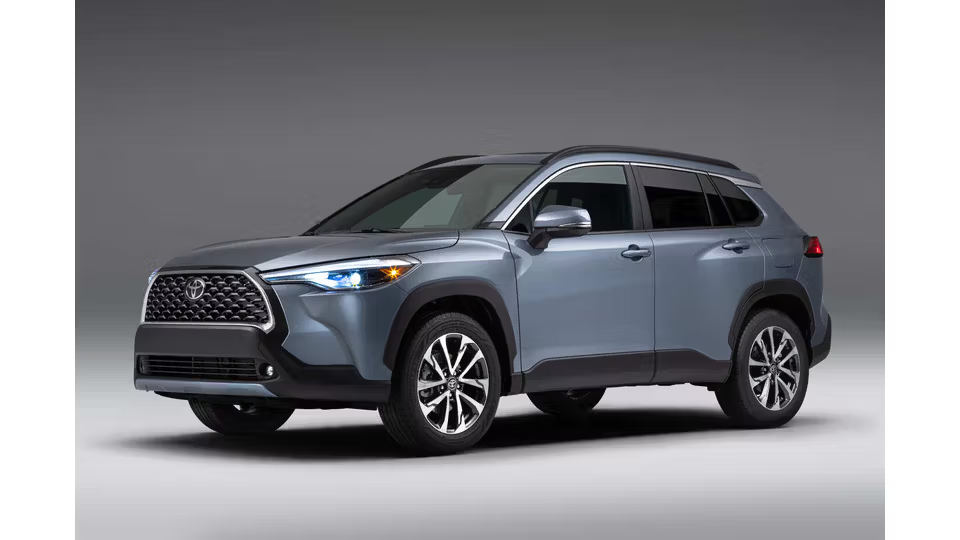From Europe to Asia, the world is shifting gears toward electric mobility. With climate change, rising fuel prices, and rapid urbanization, electric vehicles (EVs) have moved from niche luxury to mainstream necessity. Kenya, too, is joining the movement.
This article explores how global EV trends are impacting Kenya’s automotive landscape, what local drivers should expect in 2025 and beyond, and how businesses and individuals can embrace the electric future.
Global EV Trends Reshaping the Industry
In 2025, the global electric vehicle industry is experiencing unprecedented growth:
- 🌍 Over 14 million EVs sold in 2023, expected to exceed 17 million in 2025
- 🌿 Governments in Europe and Asia plan to ban petrol/diesel car sales by 2035–2040
- ⚡ Major automakers like Toyota, Tesla, Ford, and BYD are investing heavily in EV-only models
- 🔋 Rapid innovations in battery tech are increasing range and lowering charging time
These trends influence not only availability and pricing but also policymaking and infrastructure in emerging markets like Kenya.
Kenya’s Current EV Landscape
While still in its early stages, Kenya’s electric vehicle industry is growing steadily thanks to a mix of startups, importers, and environmental policy shifts.
Current EV Players in Kenya:
- Roam (formerly Opibus): Local EV assembly for motorcycles and buses
- BasiGo: Electric buses in Nairobi’s public transport system
- Spiro (ex-Ampersand): Electric motorcycle taxis with battery-swap stations
- Drive Electric, Hino, Autopax: Importers of EVs like Nissan Leaf, VW ID.4, and Toyota bZ4X
- Kenya Power: Working to support EV charging with stable energy supply
Electric motorcycles, taxis, and buses are leading the charge, thanks to their daily use, predictable routes, and cost-saving benefits.
Government Policy Driving EV Adoption
The Kenyan government has taken steps to support electric mobility:
Key Policies:
- Import Duty Exemption for EVs (15% vs. 25% for petrol/diesel cars)
- Green Number Plates for all-electric cars to promote visibility and regulation
- Zero Excise Duty on fully electric cars
- National E-Mobility Policy Draft (pending approval):
- Plans to phase out ICE (internal combustion engine) vehicles in government fleets
- Goals to develop national EV charging infrastructure
- Incentives for EV manufacturers and assemblers
These efforts show commitment, but execution and consistency remain critical.
Charging Infrastructure in Kenya
One of the biggest barriers to EV adoption in Kenya is the lack of public charging infrastructure. However, progress is being made.
Charging Options Today:
| Type | Location | Providers |
|---|---|---|
| Level 1 (Slow, Home) | Homes, offices | Kenya Power (DIY kits) |
| Level 2 (AC Fast) | Nairobi, Mombasa | EVChaja, BasiGo, KenGen |
| Level 3 (DC Fast Charging) | Pilots in Nairobi | Roam, EvChaja |
Key Locations with Charging Stations:
- Two Rivers Mall (Nairobi)
- Shell Fuel Station, Ridgeways
- Garden City Mall
- Nyali, Mombasa
EVChaja plans to roll out 100+ fast chargers in major urban centers by 2026.
Top EV Brands Available in Kenya
EV choices in Kenya are still limited but growing. Most are imported from Japan, the UK, or China.
Popular EV Models in Kenya:
| Model | Range | Price (Ksh) | Charging Time |
|---|---|---|---|
| Nissan Leaf | 180–240 km | 1.3M–1.8M | 6–8 hours |
| VW ID.4 | 400–520 km | 4.5M–6M | 7 hours (AC) |
| BYD Atto 3 | 420 km | 4.2M–5M | 6.5 hours |
| Tesla Model 3 (rare) | 350–500 km | 5M–7M | Fast charge supported |
| Toyota bZ4X | 400+ km | 4.8M+ | 6 hours |
For urban drivers, the Nissan Leaf is the most affordable entry-level EV. Larger crossovers like the ID.4 are ideal for long-range travel and luxury needs.
Cost of Ownership: Are EVs Worth It in Kenya?
Initial Cost
EVs are still more expensive upfront than petrol counterparts. But the Total Cost of Ownership (TCO) can be lower:
Running Costs (Monthly)
| Expense | EV (Nissan Leaf) | Petrol Car |
|---|---|---|
| “Fuel” (Electricity) | ~Ksh 1,200 | ~Ksh 8,000 |
| Service & Maintenance | Ksh 2,000 | Ksh 6,000 |
| Emissions Tax | 0 | Varies |
| Total Monthly Cost | ~Ksh 3,200 | ~Ksh 14,000 |
EVs also avoid oil changes, spark plugs, and complex mechanical failures. However, battery replacement (after 8–10 years) is costly—up to Ksh 500,000.
Challenges and Opportunities in Kenya’s EV Market
❌ Challenges:
- Limited charging stations outside major cities
- High upfront cost due to import taxes and limited supply
- Lack of skilled technicians and spare parts
- Battery recycling and disposal regulations are unclear
Opportunities:
- EV motorcycle fleets for boda boda and delivery services
- EV taxis in city centers with dedicated charging points
- Solar-powered charging stations in off-grid areas
- Local EV assembly and battery production partnerships
As more Kenyans become eco-conscious and fuel costs remain volatile, EV demand is expected to soar.
Future Outlook: What’s Ahead for Kenya’s EV Industry?
The next 5 years will be critical. Based on government plans and private sector investment:
🚀 By 2030, we expect:
- 100,000+ electric motorcycles on the road
- Full electrification of matatus in certain city routes
- EV adoption incentives for private vehicles
- Dedicated EV lanes or parking spaces in malls, business districts, and housing estates
- Growth of solar-charging hybrid solutions in rural areas
Kenya’s renewable energy mix (over 70% hydro, wind, solar) makes it ideal for green mobility. Unlike countries that depend on coal or gas, Kenya’s EVs can truly run on clean energy.
Conclusion: Should You Buy an EV in Kenya Now?
Yes—if your driving needs and budget align.
If you live in Nairobi or Mombasa and have access to charging (home or public), owning an EV like the Nissan Leaf, BYD Atto 3, or VW ID.4 could save you thousands each year in fuel and maintenance.
For others, hybrids like the Toyota Aqua, Prius, or Vezel Hybrid offer a great middle ground before going fully electric. CarsKenya can help you import both hybrids and EVs safely, affordably, and with optional import financing via Autochek.





